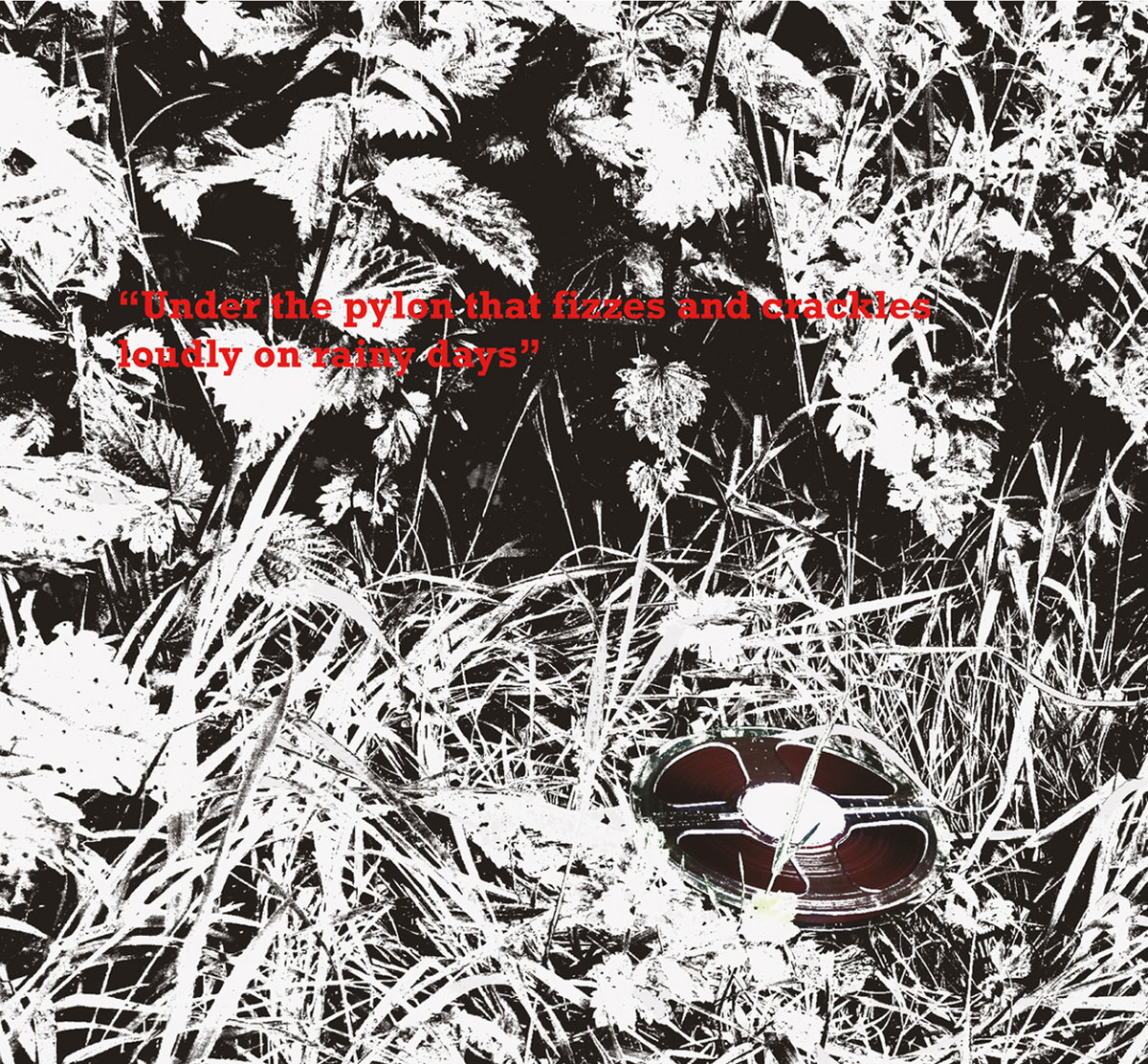 |
| Click to listen/buy. |
And so I rest before my walk. I put Keith Seatman's new album into the player and begin my ritual. I know it will be good for me. I have been Around the Folly and Downhill.

1. We all had our dreams. Keith Seatman seems utterly adept at capturing them in the laser grooves of the compact disc. The distorted stretched bells and terrifying backwards sounds combine throwing me beyond the black lodge and into nightmare.

2. These Strange Tales and Lost Paper Trails indicate that Keith Seatman is, as I have long suspected, the love-child of Delia Derbyshire and John Carpenter. The wonderful panic stricken keyboard loops mingled with swooping low whistles and metallic gongs out-halloween Halloween. I am scared to go outside now.

3. But There's something outside, someone whispering in the glowing feedback. A voice telling me that something is outside. The music is building. Sounds moving left and right. I am terrified.

4. Once more with the whirligig. That will be fun. A whirligig is fun. Huge beats and metallic loops combine with a beautiful xylophone. A spell is cast - I am thrown into the whirligig. "Never no more will we dance will we sing in a whirligig ring to the old woman's tune on a bucket with a spoon in the moonlight on mondays." I am caught up in a ritual of Seatman's choosing. I cannot turn off. Must not turn off.

5. One of the Broken Folk Douglas E. Powell tells me that an Empire is falling. His soft voice resurrecting the ghost of John Foxx appears reassuring but there is a deeply sinister edge to this song. We sing and dance in the dark. What are we trying to hide? Where have the Broken folk gone? They are standing behind me as I listen.

6. An ancient voice from the past rides on a wave of throbs and cracks Made by Sun and Ice.

7. If I was out and about I would Race you to the top but I am running on the spot, my heart thumping backwards. My legs flying behind me. The drum calls me on but I am lagging, pulled back by the forces I cannot see. Everyone overtakes. The mist swirls. The dark board wobbles. I float to the top but not on my own steam. Something has allowed me to rise. The view is obscured by the deepest mist. The moon rises. I drift on the wind. Frequencies from the ether call to me. Try to bring me down. I drift on the wind.

8. "Watch your step!" I fall to earth with a bump. I am forced into a mechanical ritual of Thinking, Doing and Moving. Angry notes make me dance against my will. "Look before you leap" chant the invisible children. I will not sleep tonight.

9. I should have done My Morning Ritual. The beautiful voice of Douglas E Powell suggests what could be done. I could be dancing barefoot on the kitchen floor, dancing in the meadow. He tries to entrance me. He succeeds. I am happy right here right now. But should I be? For they tell me that's the way that it is. I spin myself so dizzy for a while.

10. I wish I wish I wish all musical experiences could be like this one. I am being taken to so many places on my rest before the walk. The enormous joyous beats transport me to an idyllic 1980s that is better than I remember - before drifting on strange frequencies into cosmic horror

11. The beautiful sound of birds and train distort under the thrust and push of the machine. I am Waiting for Mr Fieldpole. The landscape distorts as he approaches, his head tilted to one side, hat askew, his feet tramp against the ground, louder than any step I have heard. He smiles at me. His teeth sharp and glinting. His eyes a dark purple.

This ritual is opening doors to things I do not understand.

12. Maybe she can help. She holds the sun in her hand. But she stands next to Mr Fieldpole. He defers to her. The electronic beeps and calls only increase my anxiety.

13. I should be reassured as I move Along the Corridor 1st on the Left Room 2882 but the terror increases. As this soundtrack of imagined horror grows. The assured synth rhythms and loops collapsing into low swoops. A phone rings. Answer the phone. Who is calling? Who is in 2882? Why do I need to go there. Answer the phone. Answer the phone. Answer the phone. Who is coming down the corridor?

14. I was told that I would need a Rest Before the Walk. But I am exhausted now. My heart is racing. What is it? It would appear I have walked in circles. I shake the bones in my bag. Cast them on the floor. The shape they land in gives me no comfort. I am trapped in a delicious hell of Keith Seatman's making. It would appear I have come full circle. But I haven't moved. I have been sitting, headphones on, lost in this electronic ritual.

The Ritual does not end.
I begin again.
I loop.
Lost in Keith Seatman's electronic dreams.










